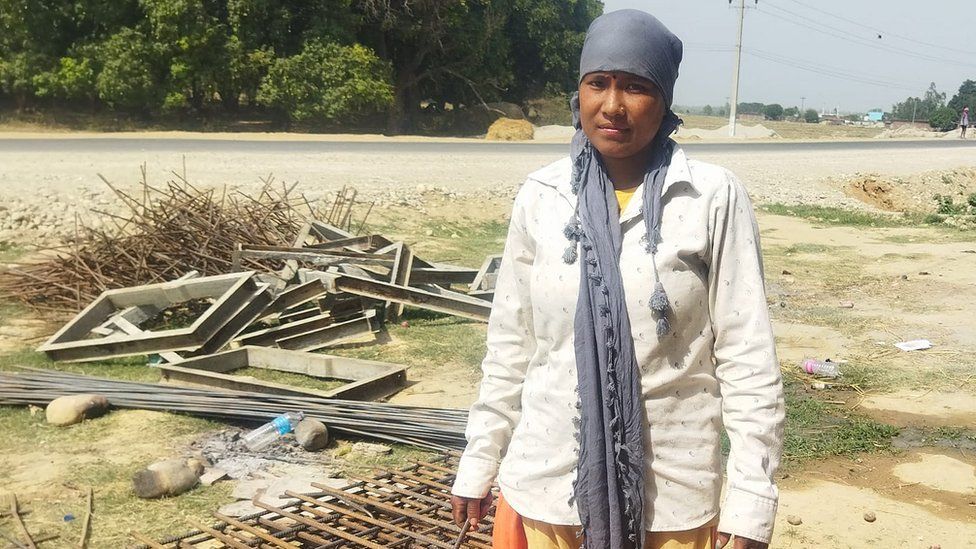Wie viel Rente bekomme ich im Alter? Darüber gibt die jährliche Renteninformation Auskunft – allerdings nur bis zu einem gewissen Grad. Eine Übersicht.
Berlin – Die meisten Menschen haben nur eine ungefähre Vorstellung davon, wie viel Geld ihnen mal im Alter bleibt. Dabei ist es ungeheuer wichtig, sich rechtzeitig auf die Rente vorzubereiten, damit es im Ruhestand nicht finanziell zu eng wird. Doch wo kann ich überhaupt sehen, welche Rente ich später einmal bekomme? Auskunft darüber gibt die jährlich per Post verschickte Renteninformation. Eine Übersicht.
Wer erhält eine Renteninformation?
Die Deutsche Rentenversicherung (DRV) verschickt die Renteninformationen automatisch an alle Versicherten, die mindestens 27 Jahre alt sind und fünf Jahre Beitragszeiten erworben haben. Die DRV versichert, dass die Informationen immer auf der aktuellen Rechtslage basieren und Änderungen des Rentenrechts berücksichtigt werden. Sie wird unter bestimmten Voraussetzungen auch ins Ausland verschickt.
Regelaltersrente, Erwerbsminderung: Was steht in der Renteninformation?
In der Renteninformation werden unter anderem die erworbenen Rentenansprüche und eine Hochrechnung der voraussichtlichen Altersrente dargestellt. Sie soll Ihnen eine erste Hilfestellung sein, um sich klar zu werden, wie viel Geld Sie im Alter erhalten werden. Folgende Informationen gibt es für Versicherte, wenn sie den Brief Stück für Stück durchgehen:
1. Regelaltersgrenze: Im ersten Absatz erfahren Sie, ab welchem Jahr Sie Ihre Regelaltersgrenze erreicht haben – also, ab wann Sie ohne Abschläge Ihre gesetzliche Rente beziehen können. Darauf folgen drei Beträge, die in einem Kästchen abgebildet sind. Sie bezeichnen von oben nach unten.
2. Rente bei voller Erwerbsminderung: Das ist der Rentenanspruch, den Sie heute erhalten würden, falls Sie vollkommen erwerbsgemindert wären, also gesundheitlich so eingeschränkt sind, dass Sie keiner Arbeit in irgendeiner Form nachgehen können.
3. Höhe der künftigen Regelaltersrente: Das sind die momentan erworbenen Ansprüche auf die volle Rente. Wenn man noch sehr jung ist, ist diese Zahl natürlich sehr niedrig. Diese Information ist interessant, wenn man sich beispielsweise gerade selbstständig macht und in Zukunft keine Rentenbeiträge mehr zahlen muss – denn der Anspruch auf diese Rente bleibt trotzdem erhalten. MEIN BEREICH
4. Höhe der künftigen Regelaltersrente: Diese Zahl gibt an, wie hoch Ihre Rente im Alter ausfallen wird, wenn Sie so weiter verdienen wie jetzt. Dabei handelt es sich um eine Hochrechnung.
Wichtige Faktoren: Rentenanpassung, Kaufkraft, Beiträge
Diese Angabe ist natürlich nicht in Stein gemeißelt: Wenn sich Ihre Erwerbssituation verändert – Sie beispielsweise weniger arbeiten und weniger verdienen, verringert sich der Rentenanspruch. Zusätzlich kann es sein, dass es Rentenanpassungen gibt, auch darauf wird in der Renteninformation hingewiesen. Dann kann die Rente unter Umständen höher ausfallen – diese Erhöhungen sind allerdings nicht im Voraus abzusehen.
Auch nicht vorauszusehen ist der Kaufkraftverlust durch die Inflation. Das bedeutet, dass es sein kann, dass Sie sich in 20 Jahren für 2000 Euro viel weniger leisten können als heute. Die DRV betont deshalb auch, dass eine zusätzliche Altersvorsorge zur gesetzlichen Rente immer wichtiger wird.
Auch wichtig: Die Beträge in der Renteninformation sind in Brutto angegeben. Das bedeutet, dass von dem genannten Rentenbetrag noch Kranken- und Pflegeversicherungsbeiträge sowie teilweise auch Steuern anfallen können.
Jetzt neu: Die digitale Rentenübersicht
Ab jetzt gibt es auch eine Möglichkeit, die Renteninformation online abzufragen. Auf der Plattform rentenuebersicht.de können sich Bürger seit kurzem einen Gesamtüberblick über ihre gesetzliche, betriebliche und private Altersvorsorge verschaffen und sich über die im Alter zu erwartende Finanzsituation informieren.
Allerdings ist die Seite noch nicht vollständig. Die Rentenversicherung ist darauf angewiesen, dass sich die privaten Altersvorsorge-Anbieter beteiligen und ihre Daten zur Verfügung stellen. Im Laufe des Jahres soll das ausgebaut werden. Registrierung und Login laufen über die Online-Funktion des Personalausweises mit der dazugehörigen „AusweisApp2“ auf dem Smartphone. Außerdem benötigt man seine Steuer-ID.






